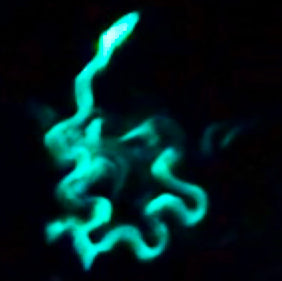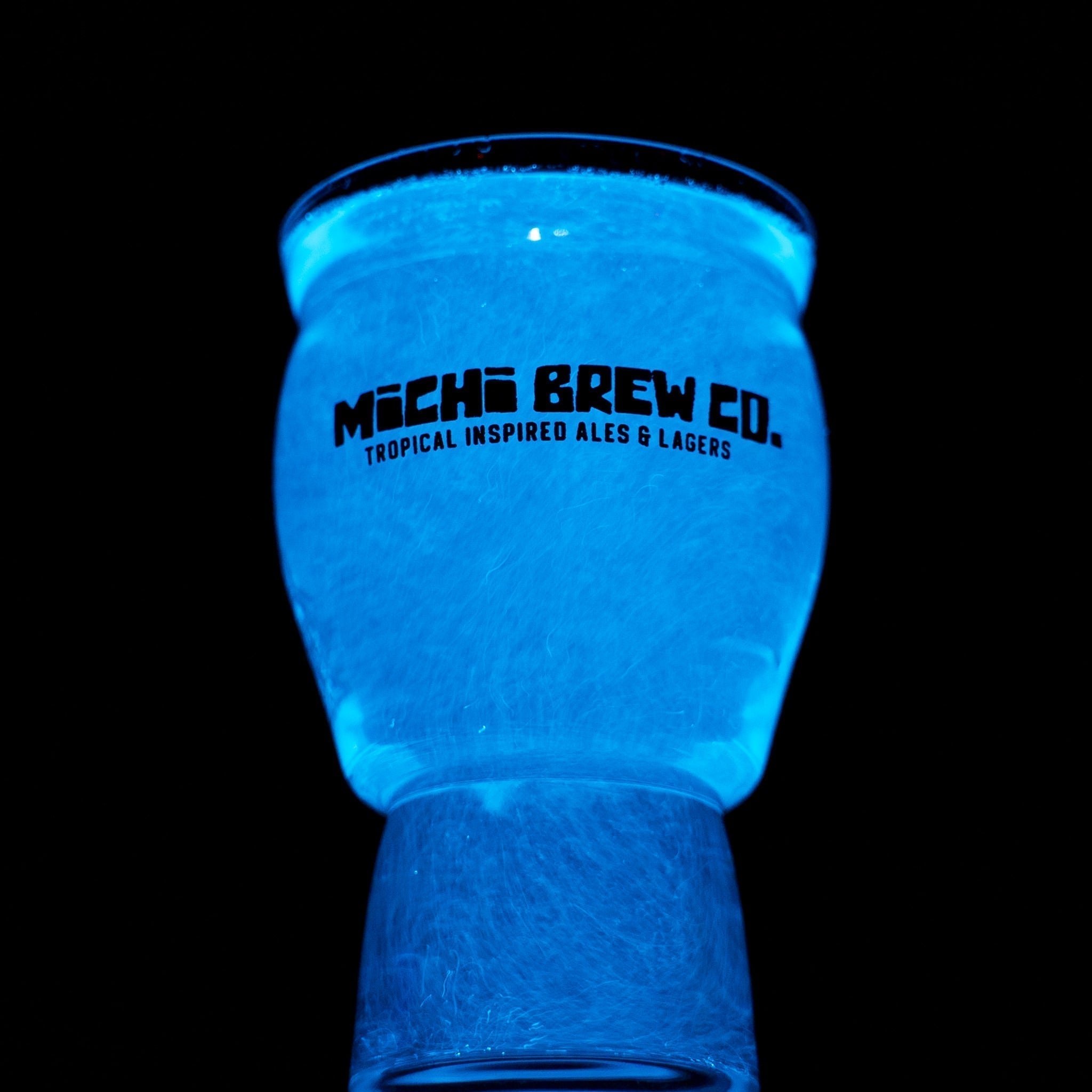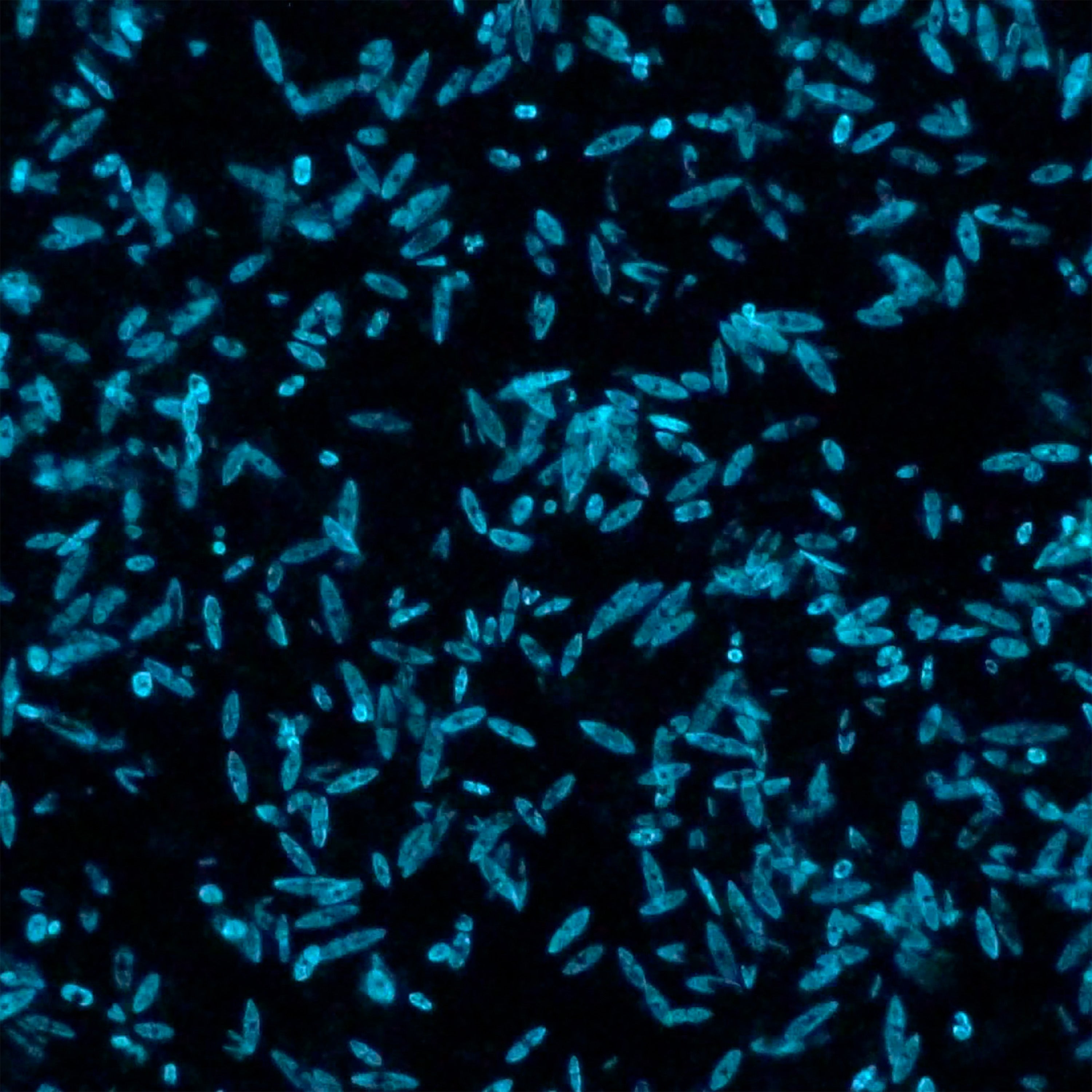Fireworms Light Up DeAnza Cove — October 11, 2025

On October 11th, 2025, observers gathered at DeAnza Cove in San Diego to catch a fleeting but awe-inspiring bioluminescent display: blue-green gamete trails glowing in the water just after dusk, produced by mating fireworms swimming to the surface. Over a period of about 20-30 minutes, females release glowing mucus laden with eggs, creating luminous trails to attract males, who then follow the glow to spawn. This is distinct from most marine bioluminescence, which is typically triggered by physical agitation or stress; fireworm light is an intentional signaling mechanism tied directly to reproduction.

These swarming events are closely tied to lunar phases: fireworms typically appear one to two days before the first or last quarter moon. The onset is timed to about 30 to 40 minutes after sunset, and the glowing spectacle usually lasts only 20 to 30 minutes. If you're hoping to witness them, plan around quarter moon phases, go shortly after dark, and expect only a brief window of activity.

Fireworms (genus Odontosyllis) use a novel luciferin/luciferase biochemical system distinct from most other bioluminescent organisms. The luciferin molecule is an unusual tricyclic sulfur-containing heterocycle with no structural similarity to known luciferins, and the enzyme luciferase catalyzes its oxidation to produce light.
This blue-green emission is especially noteworthy because most marine bioluminescence is blue. In the ocean, shorter-wavelength blue light (around 450–480 nm) typically penetrates water best, so many organisms use luciferins and enzymes tuned to those wavelengths. The fireworms’ bioluminescence is thus relatively unique in shifting toward green, making their displays stand out among marine light phenomena.
Video Here: https://youtube.com/shorts/VNGZ6TsoGps?si=io7qnqOU2owP8MOv


Comments